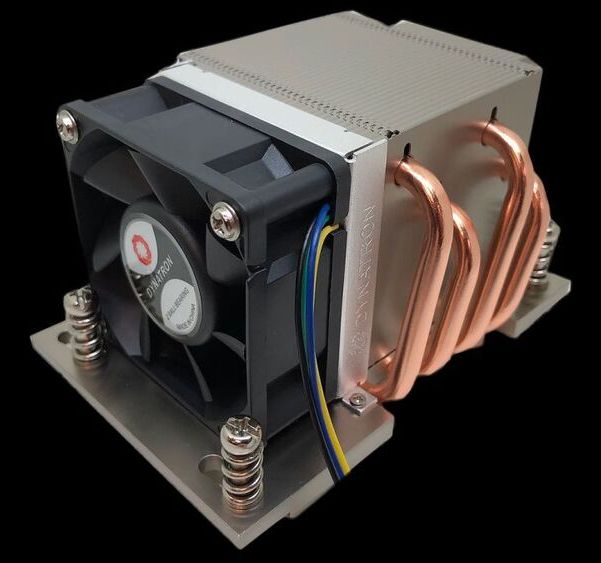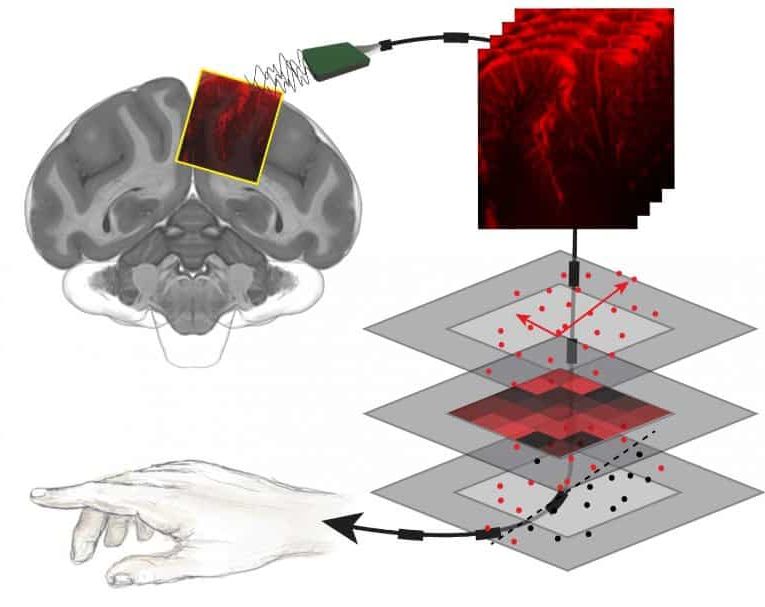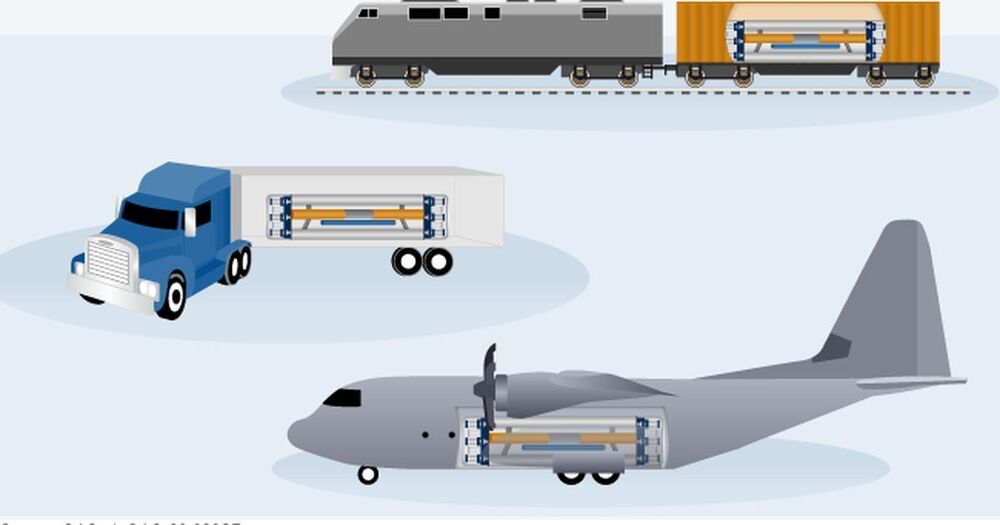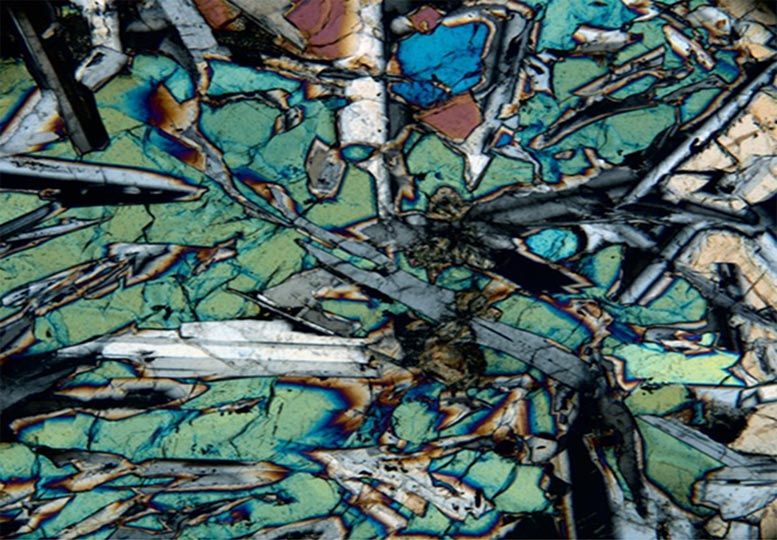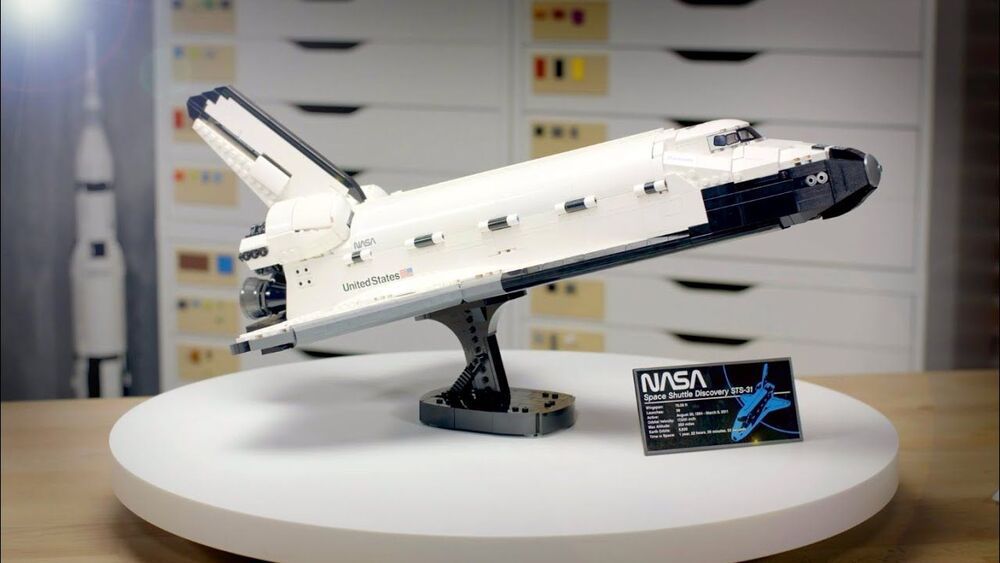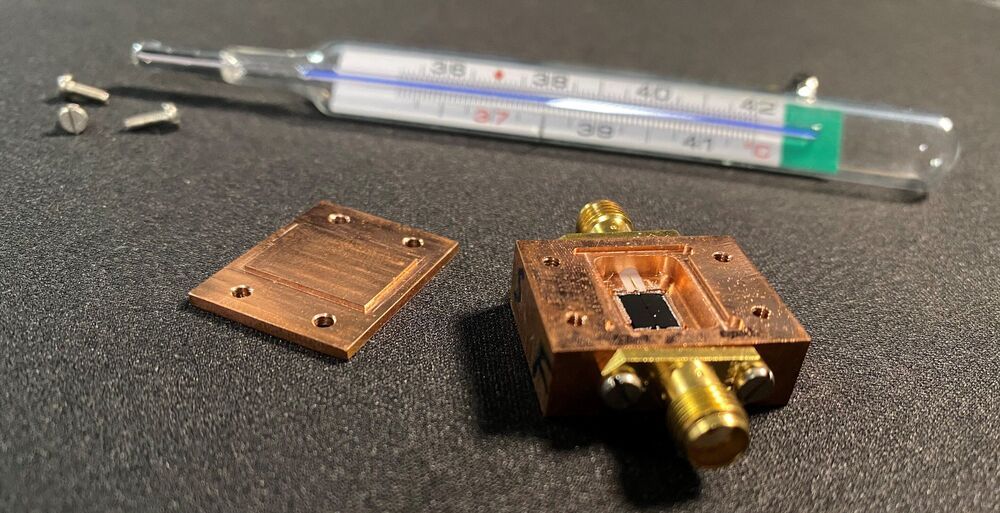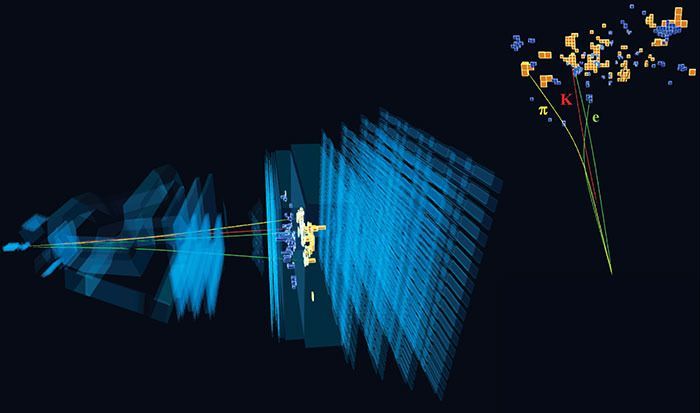
A hint of the possible existence of a hypothetical particle called a leptoquark has appeared as an unexpected difference in how beauty quarks decay to create electrons or muons. Measured by physicists working on the LHCb experiment on the Large Hadron Collider (LHC) at CERN, the difference appears to violate the principle of “lepton universality”, which is part of the Standard Model of particle physics. The measurement has been made at a statistical significance of 3.1σ, which is well below the 5σ level that is usually considered a discovery. If the violation is confirmed, it could provide physicists with important clues about physics beyond the Standard Model – such as the existence of leptoquarks.
When high-energy protons are smashed together at the LHC large numbers of exotic particles are created, including some containing the beauty quark. These exotic particles quickly decay, and beauty quarks can follow decay paths that involve the production of either electrons or muons, which are both leptons. According to the Standard Model of particle physics, the interactions involved in producing leptons do not discriminate between lepton type, so the rates at which electrons and muons are created by beauty-quark decays are expected to be the same.
Starting in 2014, physicists working on LHCb noticed hints of the violation of this lepton universality. Now, after analysing collision data collected between 2011 and 2018, the researchers have found that the beauty quark appears to favour the electron decay chain over the muon decay chain.

